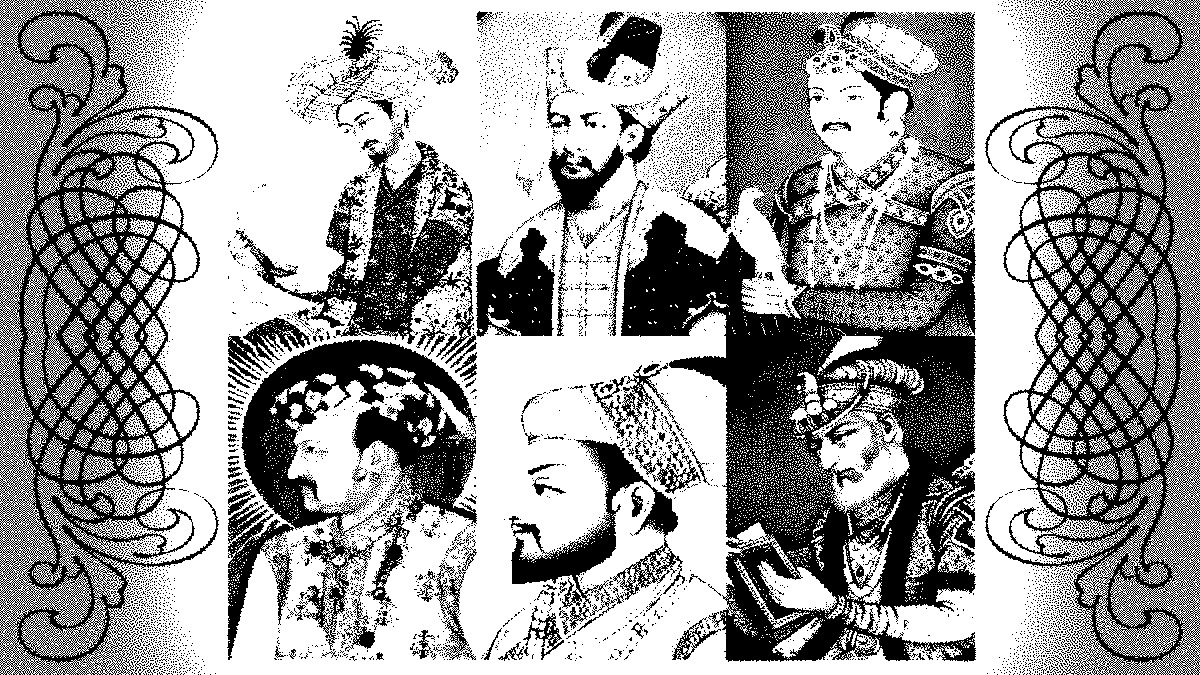At its height, the Mughal Empire controlled resources unheard of in Indian history and spanned practically the whole continent. The importance of Mughal Empire rule was a fairly effective and organized organization from 1556 to 1707, when it was at the height of its incredible wealth and grandeur, with a large complex of persons, resources, and knowledge devoted to the service of the emperor and his aristocracy.
But the empire itself was a uniquely Indian historical event. The Mughal culture combined Perso-Islamic and local Indian components to create a unique but diverse whole. Although the territories had started to assert their independence by the early 18th century, Mughal customs and ideals outlasted imperial central government. In actuality, the regions eventually gained authority of the imperial center. So, the development of the Mughal Empire throughout roughly its first two centuries (1526-1748) offers an amazing example of premodern state formation in the Indian subcontinent.
Its path was largely determined by the unique talents and accomplishments of the early Mughals—Bur, Humyn, and eventually Akbar. Akbar laid the theoretical foundation for a really Indian state in addition to consolidating and enlarging the Mughal domain’s borders, while Khan and Humayun struggled against overwhelming odds to establish the Mughal domain. Akbar combated prejudice and intolerance, accepted Hindus into the highest nobility, and supported the custom of ruling through the local Hindu landed gentry, continuing the experiments begun by the preceding Sr dynasty (1540–56). Despite some of Akbar’s successors, most notably Aurangzeb (1658–1707), having to submit to opposing armies, this tradition persisted right up until the end of the Mughal Empire.
The establishment of the Mughal Empire
1. Babur
A Chagatai Turk named Ahr al-Din Muhammad Babur founded the empire’s foundation in 1526. (So called because his ancestral homeland, the country north of the Amu Darya [Oxus River] in Central Asia, was the heritage of Chagatai, the second son of Genghis Khan). Babur was a fifth-generation descendant of Timur on the side of his father and a 14th-generation descendant of Genghis Khan. His plan to conquer India was initially motivated by the tale of Timur’s conquests of the Indian subcontinent in 1398.
Due to his short stay in Hindustan, which was occupied with battles and his obsession with northwest and central Asia, Bbur was unable to properly cement his victories in India. The emergence of the Mughal imperial organization and political culture is still seen in his endeavors. In addition to introducing some Central Asian administration structures, he made an effort to court the notable local leaders. He also worked to create a secure passage from Agra to Afghanistan by establishing additional mints in Lahore and Jaunpur. He counseled Humyn, his son and successor, to follow a liberal approach to religion.
2. Humyn of India
With his invasion of the Hindu principality of Kalinjar in Bundelkhand, which he was unable to conquer, Humyn’s authority got off to a terrible start. Afterwards, by unsuccessfully besieging the castle of Chunar, he became embroiled in a dispute with Sher (or Shr) Khan, the new ruler of the Afghans in the east (later Sher Shah of Sr, founder of the Sr dynasty) (1532). After that, he took Malwa and Gujarat, but he was unable to keep them. Humyn traveled to Bengal to support Sultan Mamd of that region against Sher Khan, leaving the citadel of Chunar unconquered along the route. He lost contact with Delhi and Agra, and he was forced to leave Gaur, the Bengali capital, when his brother Hindal started acting openly like an independent monarch there. After unsuccessful negotiations, Sher Khan ordered Humyn to engage in combat at Chausa, 10 miles southwest of Buxar (Baksar), on June 26, 1539, when he was ultimately beaten. He withdrew to Bilgram, close to Kannauj, where he engaged Sher Khan in his final conflict before assuming the title of shah because he did not feel powerful enough to defend Agra.
Humyn was powerless to counter Sher Shah’s political and military prowess and was forced to engage in a simultaneous battle on the southern frontiers to restrain the sultan of Gujarat, a haven for the Mughal rebels. But, Humyn’s failure was due to structural issues with the early Mughal governmental system. His nobility’s armed clans were first and foremost obedient to their individual heads. These chiefs, along with nearly all the male royal family members, had a claim to sovereignty. So, there was always a nagging worry that another center of authority may rise, at least under one of his brothers. Humyn also had to contend with his adversaries’ favorable reputation in the area.
3. Sher Shah and his successors
Sher Shah built a wide and strong kingdom while Humyn was in exile, and he fortified it with a clever administrative structure. He implemented a new and equal revenue arrangement, significantly enhanced the parganas’ (groups of villages) administration, changed the currency, promoted trade and commerce, boosted communication, and carried out impartial justice.
Islam Shah succeeded Sher Shah after the latter’s death in May 1545, which occurred during the siege of Kalinjar (ruled 1545–53). Islam Shah, who was primarily a military, was not as effective a ruler as his father. His reign was marked by palace conspiracies and uprisings. As he passed away, his young son, Frz, succeeded to the throne of Sr. But, Frz was assassinated by his own maternal uncle, which caused the empire to break up into multiple pieces.




